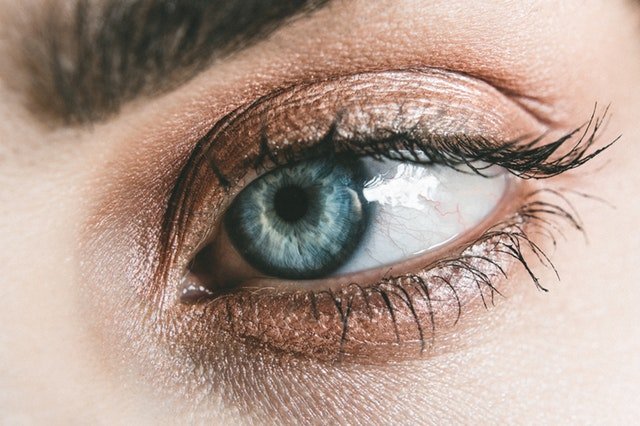
In a recent study, researchers find that changes in tiny blood vessels of the eye can help predict a higher risk of later narrowing in the large blood vessels in the legs.
The researchers reported results from 9,390 adults in the long-term Atherosclerosis Risk in Communities Study.
All the people had their retinal photographs taken between 1993-1995, and during the time they did not have peripheral artery disease (PAD).
During a 19-year follow-up, the researchers found that 304 people developed PAD and needed hospitalization or a procedure to open narrowed leg vessels.
Among these people, 92 had the most severe form of PAD called critical limb ischemia (CLI). This condition results in ulcers on the leg, gangrene or the need for amputation.
What is more, the team found that when scans showed any type of abnormalities in the retina, there was a 2.16 times higher risk of PAD during the follow-up period, and a 3.41 times greater risk of CLI.
In addition, retinal abnormalities — including bleeding, yellow spots from the breakdown of lipids (hard exudates) and areas of blood protruding from vessels in the back of the eye (microaneurysm) — were also linked to the risk of PAD or CLI.
The study also finds that the associations between retinal damage and PAD were stronger in people with diabetes than those without.
Why does this happen?
According to the researchers, microvascular abnormalities may impair wound healing or the creation of alternative routes for blood to flow around narrowed leg vessels, leading to more severe PAD.
PAD is a disease in which plaque builds up in the arteries that carry blood to your head, organs, and limbs.
Plaque is made up of fat, cholesterol, calcium, fibrous tissue, and other substances in the blood.
Over time, plaque can harden and narrow the arteries. This reduce the flow of oxygen-rich blood to your organs and other parts of your body.
PAD usually affects the arteries in the legs, but it also can affect the arteries that carry blood from the heart to the head, arms, kidneys, and stomach.
Copyright © 2018 Knowridge Science Report. All rights reserved.



